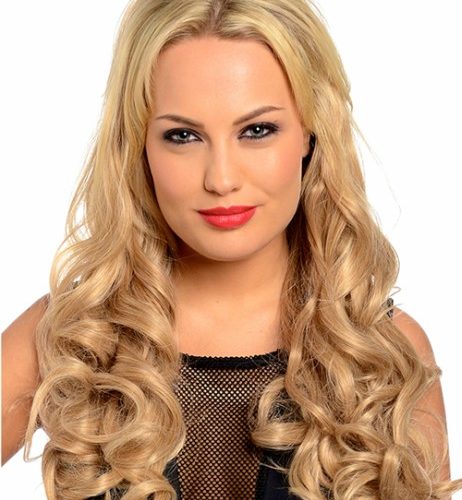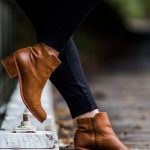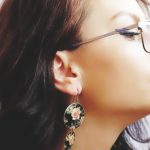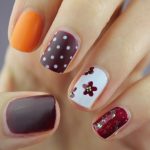A wig is a hair or head accessory made from human hair, animal hair, or synthetic fibers. The usage of wigs is known to be in the ancient Egyptian society where men and women used to have clean-shaven or close-cropped hair, thus wore wigs to guard their heads against the sun. Wealthy Egyptians would wear elaborate wigs as a fashion accessory and a symbol of social rank. With the fall of the Roman Empire in West, the use of wigs disappeared for thousands of years until they revived in the 16th century to be used as a means of concealing hair loss or improving one’s personal appearance.
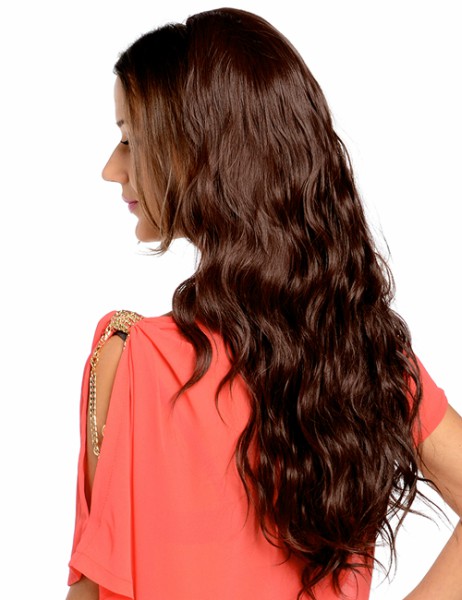
Since then, wigs have gained popularity and now they are being used multiple ways for multiple reasons. People embrace them to conceal hair-loss, to give a new touch to their styling, and for professional and religious purposes too. Let’s dig into some recent usages of the wigs.
Table of Contents
1. To Conceal Hair Loss
The use of wigs is actually a necessity for people who have thin hair or have accessive hair loss. King Louis XIII of France initiated the use of wigs to hide his premature baldness.
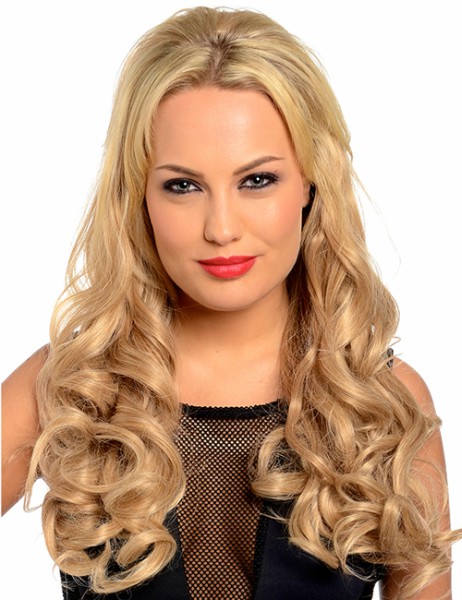
Today there are many people who use wigs as compensation to their hair loss. It is comparatively less expensive than the solution provided by medical science, such as hair transplants. Although this number is very fewer people with a wig to hide their baldness are there.
2. Cosmetic Use
The technological advent of the 20th century enabled hairdressers to create natural-looking wigs crafted from both human and synthetic hair.
Meanwhile, wig makers started to use small hairpieces, premade curls, buns, and ringlets to enhance the volume and style of the women’s hair. Initially, women working in the entertainment industry embraced this cosmetic use of wigs but now it is widely spread fashion in society.
3. Theatrical Use
It is not just for styling but the entertainment industry needs wigs. they are largely used by the performers, either in the movies or theatre. It enables them to delineate the versatile roles they portray. Almost all the artists do so, not only for character design but also to cover their microphone cases. The use of wigs adds convenience in the performances by also facilitating quick changes of getup, as they are pre-styled.
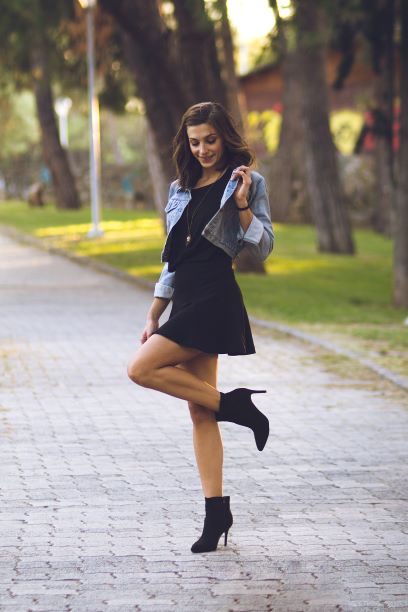
Read also next article: Female Ankle Boots to Show Off Rockstar Vibes
Ankle boots are flattering on the leg, look as good with a dress as they do with jeans, and if you land on the right pair, are just about as comfortable as a pair of everyday walking shoes can get.
4. Professional use
Some people use wigs not for aesthetic purposes but as a mandate of their profession. You can recall the judges with white curly hair wigs in English movies. Even today, in some countries such as Britain, the Republic of Ireland, Hong Kong, and some other commonwealth nations wigs are part of the attire of judges, barristers, and certain parliamentary, municipal, and civic officials as a symbol of their office.
5. Religious use
Judaism requires married women to cover their hair for reason of modesty or privacy. Hence, orthodox Jewish women wear wigs known as sheitels. The modern orthodox Jewish women have started to wear hats leaving the ends of their hair uncovered.
